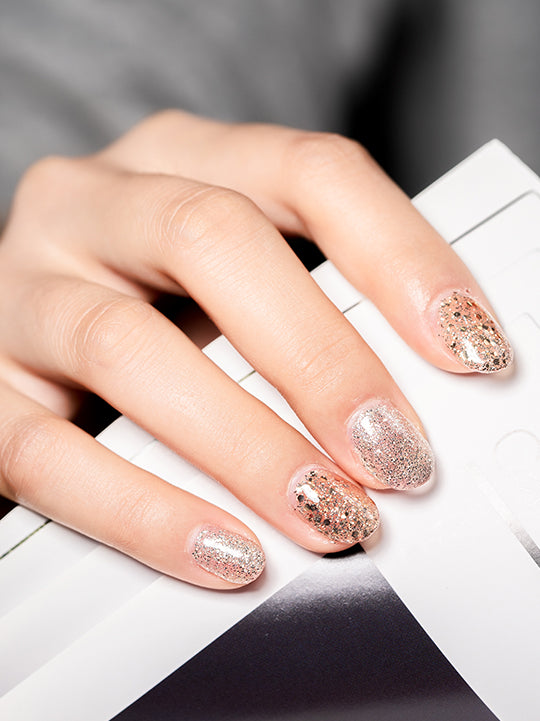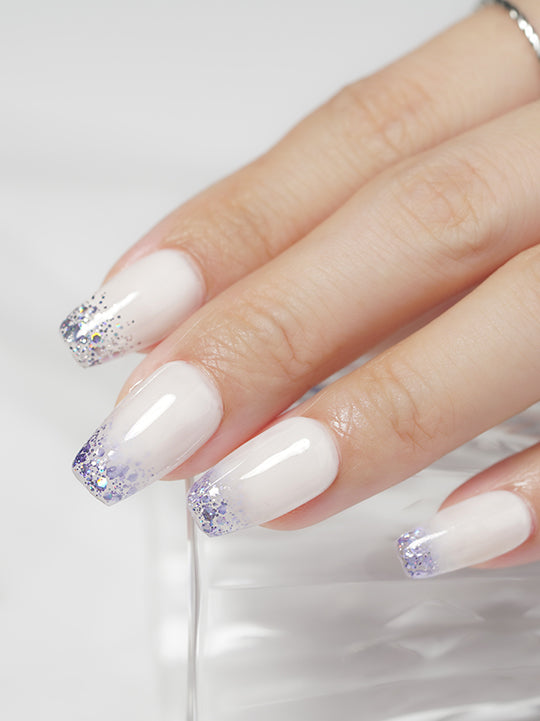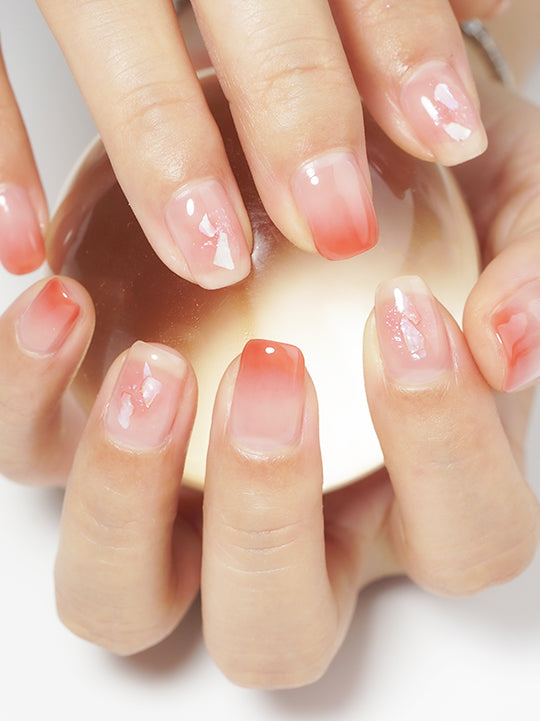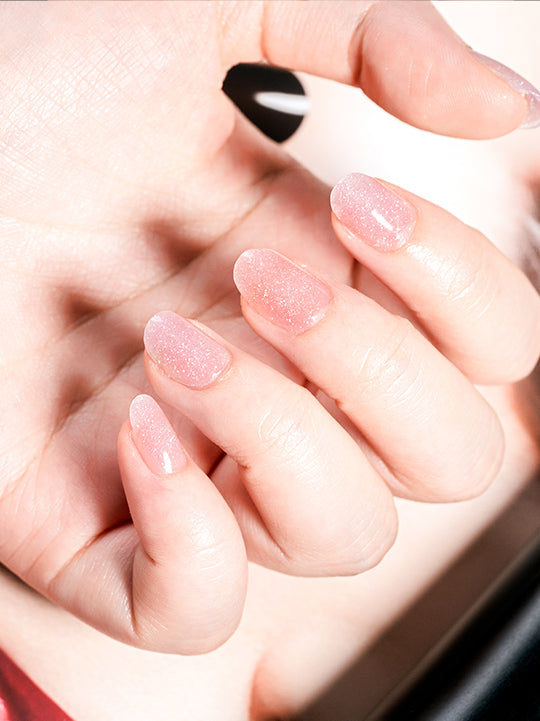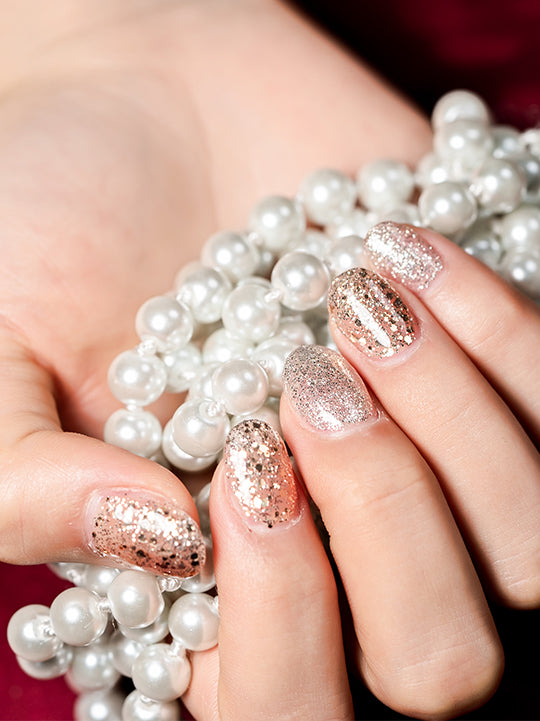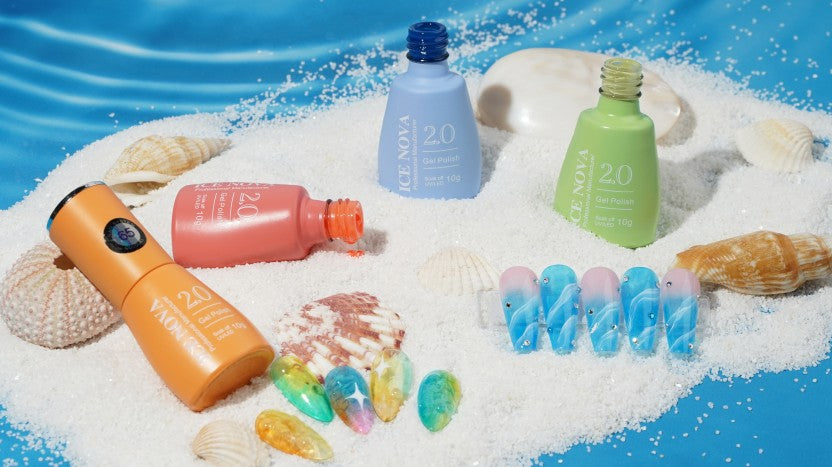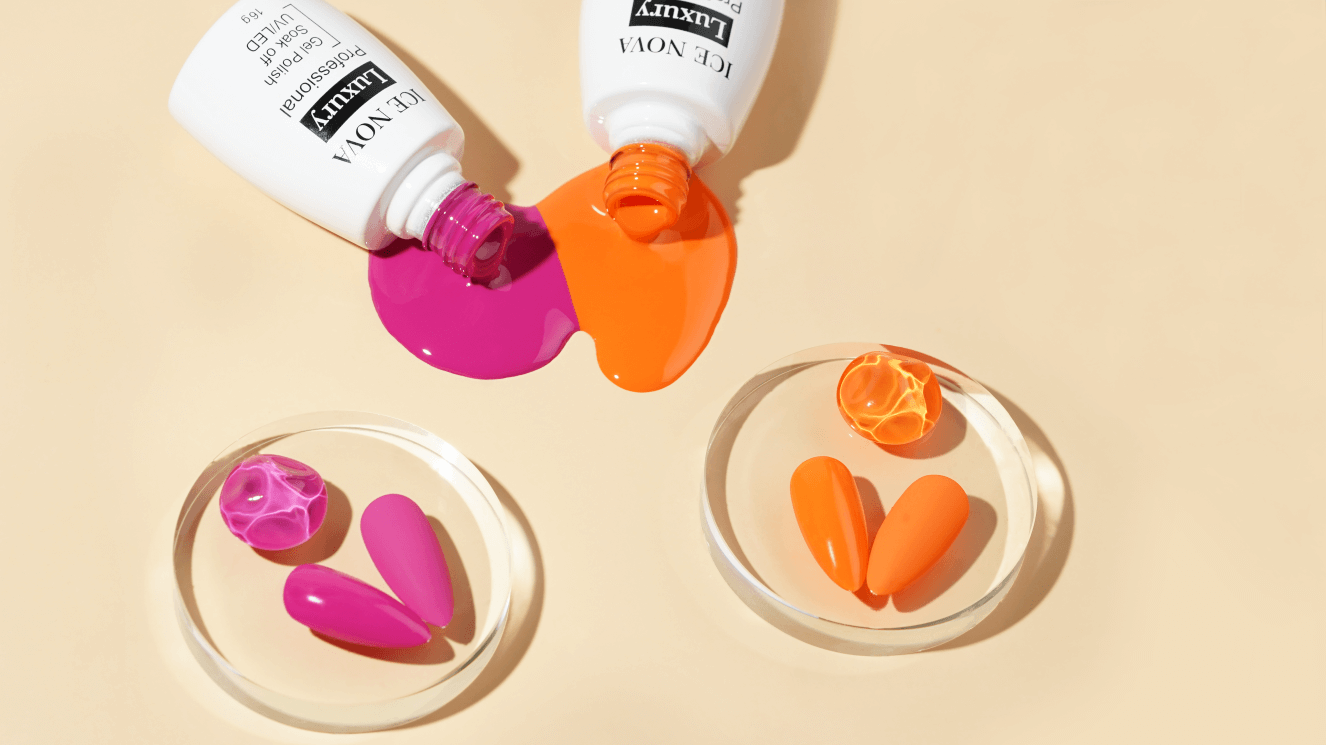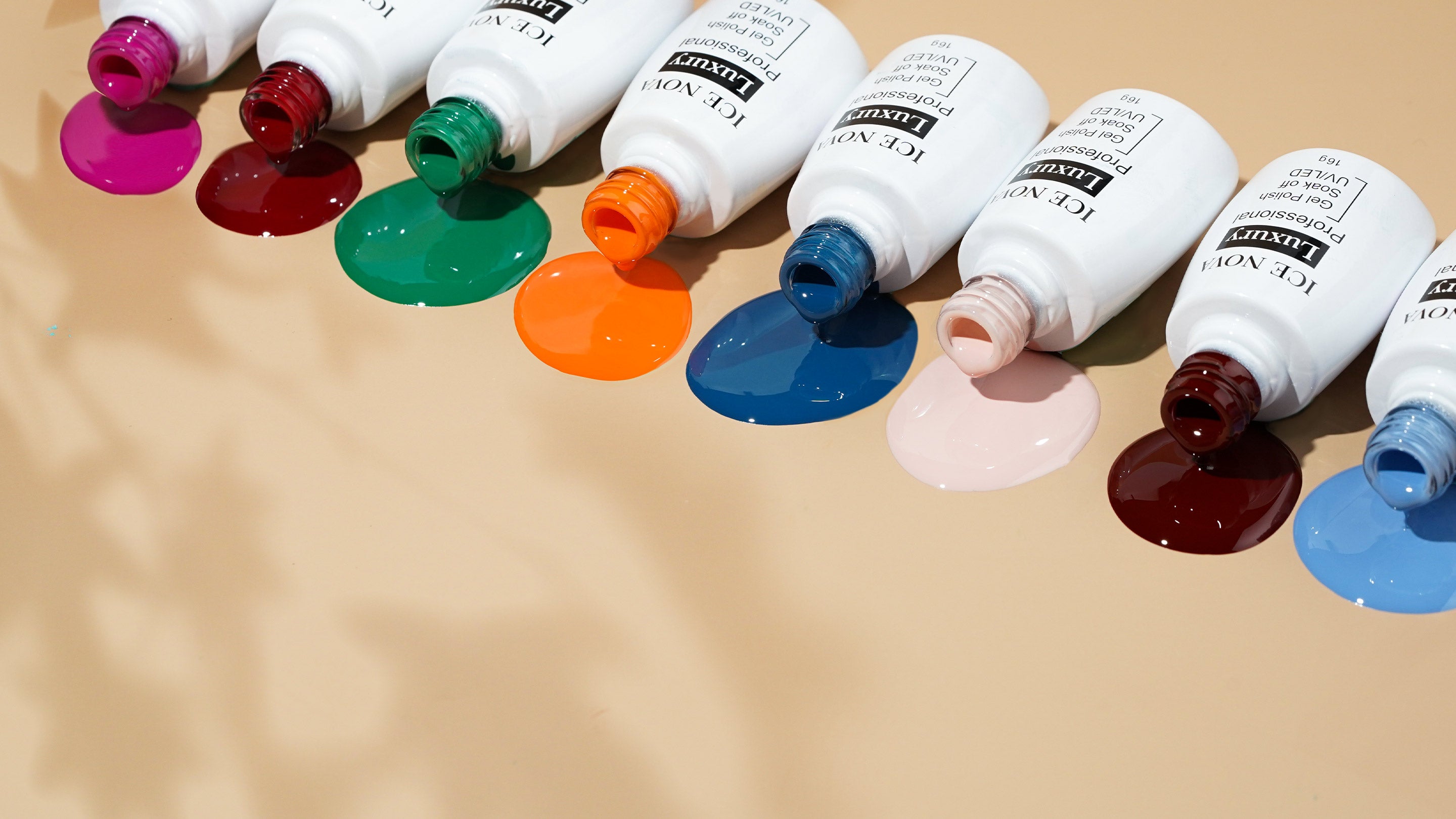7 Steps Tell You Take Off Gel Nails Without Acetone
Removing gel polish without acetone can be more challenging, as acetone is the most effective solvent for breaking down the gel. However, if you don't have acetone or prefer to avoid it, you can try the following alternative method using some common household items:
There are a few essential tools you want to have on hand when it comes to removing your gel nails, including the following:
Remover: You have a few replacement options to use instead of acetone. Hand sanitizers, hydrogen peroxide, and cuticle oil are some of the most popular and effective methods. You can also try a kitchen oil like olive oil. If you have nothing else on hand, warm, soapy water or vinegar can be used to remove gel nails.
Cotton Swabs: Whether you’re using acetone or a replacement, you’ll want to have cotton swabs on hand. In order to achieve the full effectiveness of the removal process, it’s best to soak the cotton ball or swabs in the remover and apply them to the surface of the nail, so the remover has a chance to take effect. You might also consider using removal clips.
Cuticle Pusher: A cuticle pusher is an essential tool for carefully removing the gel nail from the surface of your natural nail. It’s important to make sure your cuticle pusher is sanitary before use.
Nail File: You’ll use a nail file to smooth and care for your nails once the gels have been removed, so it’s a good idea to have one for the end of the removal process.
Cuticle Oil and Hand Cream: Removing your gel nails can be abrasive on the nails and the skin surrounding the nails, even if you use acetone. That’s why you always want to have cuticle oil and hand cream when removing gel nails. The cuticle oil will help to rehydrate the nail after removing the cover from the gel, and the hand lotion is great for supporting skin health after exposure to drying agents.
Step By Step:
Gently File the Surface:
Use a nail file or buffer to gently file the shiny top layer of the gel polish. This helps break the seal and allows the removal solution to penetrate better.
Soak Cotton in Nail Polish Remover:
Soak small pieces of cotton balls or cotton pads in an acetone-free nail polish remover. Make sure the cotton pieces are large enough to cover each nail.
Place Cotton on Nails:
Place a soaked cotton piece on top of each nail. Ensure that the cotton covers the entire nail, including the edges.
Wrap with Aluminum Foil:
Wrap each fingertip with a small piece of aluminum foil to secure the cotton in place. This creates a wrap that helps the removal solution stay in contact with the gel.
Wait for 15-20 Minutes:
Allow the wrapped nails to soak for 15-20 minutes. This gives the nail polish remover time to break down the gel polish.
Gently Remove Gel:
After the soaking period, remove the aluminum foil and gently push off the softened gel using a cuticle pusher or orangewood stick. Be cautious not to damage your natural nails.
Repeat if Necessary:
If there are remaining patches of gel, repeat the process until all the gel is removed.
Moisturize and Care for Your Nails:
After removing the gel polish, wash your hands and moisturize your nails and cuticles. This helps to replenish moisture and prevent dryness.
Keep in mind that this method may take more time and effort compared to using acetone, and the results may vary depending on the brand and type of gel polish you have. If you have access to acetone, it's generally recommended for more efficient gel polish removal.
There are a few essential tools you want to have on hand when it comes to removing your gel nails, including the following:
Remover: You have a few replacement options to use instead of acetone. Hand sanitizers, hydrogen peroxide, and cuticle oil are some of the most popular and effective methods. You can also try a kitchen oil like olive oil. If you have nothing else on hand, warm, soapy water or vinegar can be used to remove gel nails.
Cotton Swabs: Whether you’re using acetone or a replacement, you’ll want to have cotton swabs on hand. In order to achieve the full effectiveness of the removal process, it’s best to soak the cotton ball or swabs in the remover and apply them to the surface of the nail, so the remover has a chance to take effect. You might also consider using removal clips.
Cuticle Pusher: A cuticle pusher is an essential tool for carefully removing the gel nail from the surface of your natural nail. It’s important to make sure your cuticle pusher is sanitary before use.
Nail File: You’ll use a nail file to smooth and care for your nails once the gels have been removed, so it’s a good idea to have one for the end of the removal process.
Cuticle Oil and Hand Cream: Removing your gel nails can be abrasive on the nails and the skin surrounding the nails, even if you use acetone. That’s why you always want to have cuticle oil and hand cream when removing gel nails. The cuticle oil will help to rehydrate the nail after removing the cover from the gel, and the hand lotion is great for supporting skin health after exposure to drying agents.
Step By Step:
Gently File the Surface:
Use a nail file or buffer to gently file the shiny top layer of the gel polish. This helps break the seal and allows the removal solution to penetrate better.
Soak Cotton in Nail Polish Remover:
Soak small pieces of cotton balls or cotton pads in an acetone-free nail polish remover. Make sure the cotton pieces are large enough to cover each nail.
Place Cotton on Nails:
Place a soaked cotton piece on top of each nail. Ensure that the cotton covers the entire nail, including the edges.
Wrap with Aluminum Foil:
Wrap each fingertip with a small piece of aluminum foil to secure the cotton in place. This creates a wrap that helps the removal solution stay in contact with the gel.
Wait for 15-20 Minutes:
Allow the wrapped nails to soak for 15-20 minutes. This gives the nail polish remover time to break down the gel polish.
Gently Remove Gel:
After the soaking period, remove the aluminum foil and gently push off the softened gel using a cuticle pusher or orangewood stick. Be cautious not to damage your natural nails.
Repeat if Necessary:
If there are remaining patches of gel, repeat the process until all the gel is removed.
Moisturize and Care for Your Nails:
After removing the gel polish, wash your hands and moisturize your nails and cuticles. This helps to replenish moisture and prevent dryness.
Keep in mind that this method may take more time and effort compared to using acetone, and the results may vary depending on the brand and type of gel polish you have. If you have access to acetone, it's generally recommended for more efficient gel polish removal.


